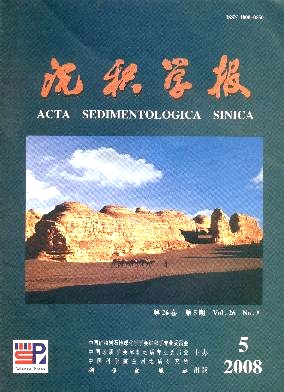Research on the Calculating Density by the Deposit of Debris Flows
- Received Date: 1900-01-01
- Rev Recd Date: 1900-01-01
- Publish Date: 2008-10-10
-
Key words:
- debris flows /
- deposit /
- density /
- particle size /
- percentage
Abstract: The density of debris flows is the most important parameter of debris flows. It is more important to get the density of debris flows with the need of the evaluation and prevention the hazards of debris flows. In this paper, the size of coarse particle, fine particle and clay of debris flows, i.e. 2mm, 0.05mm and 0.005mm, and their percentage were analyzed for the relationship with the density of debris flows. The percentages of coarse particle, fine particle and clay of debris flows have certain relationships with density of debris flows, but they are not the unique because the difference of region. The percentage of clay in viscous debris flows is the same with the percentage of clay in the solid source of debris flows, but the percentage of clay in less viscous debris flows is much more than the percentage of clay in the solid source of debris flows. Comparing the living samples and deposit samples of debris flows with the calculating density of debris flows by the percentages of coarse particle and fine particle, it is good consistency. But the calculating density of debris flows must obey the density range obtained by the characteristics of deposit of debris flows.
| Citation: | YU Bin. Research on the Calculating Density by the Deposit of Debris Flows[J]. Acta Sedimentologica Sinica, 2008, 26(5): 789-796. |






 DownLoad:
DownLoad: